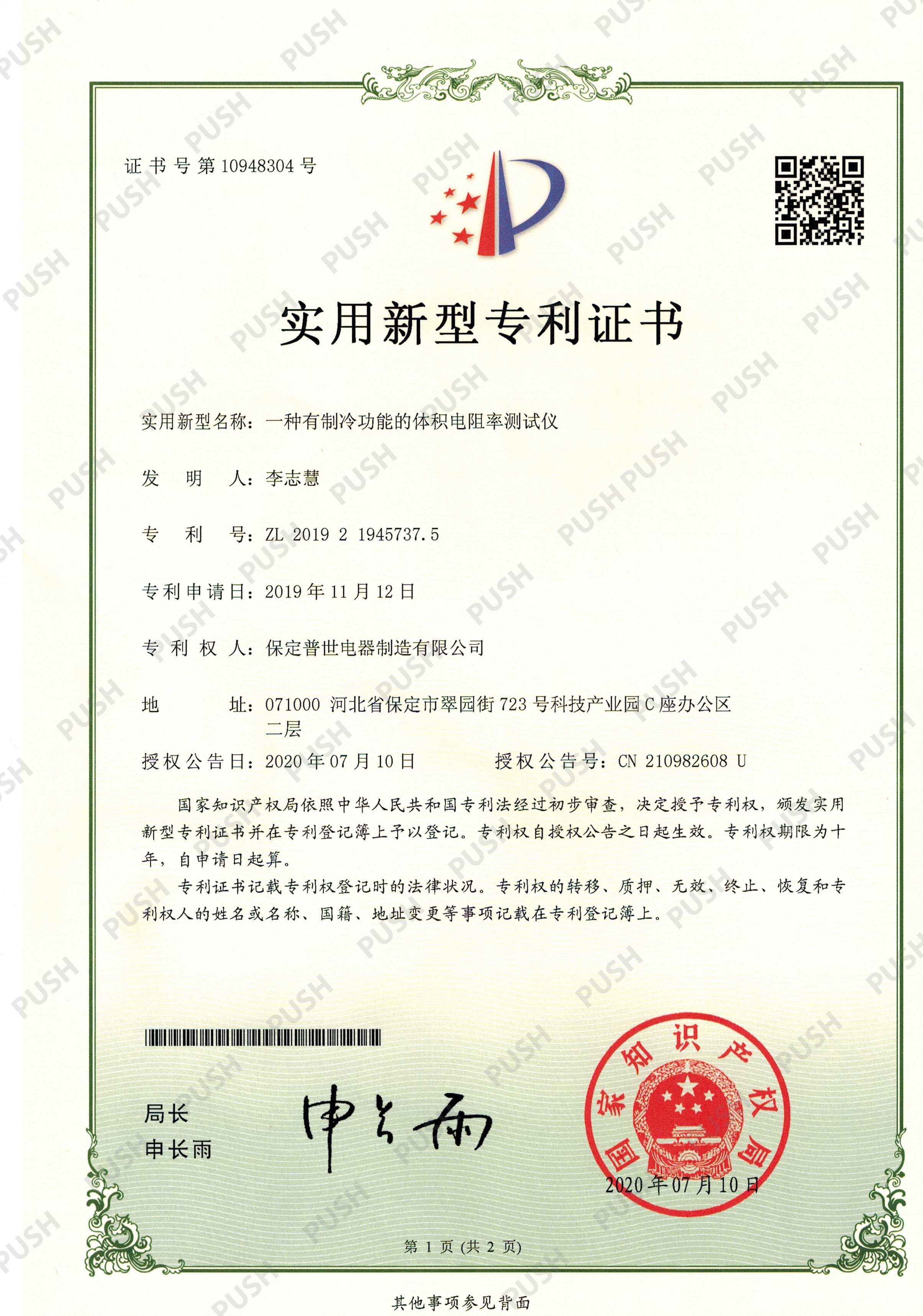 English
English


tapchangers
Understanding Tap Changers Essential Components of Modern Transformers
Tap changers play a crucial role in the efficiency and functionality of modern transformers, particularly in electrical power systems. These devices, which allow for the adjustment of transformer voltage outputs, are integral in maintaining voltage levels within desired ranges, thereby ensuring the stability and reliability of electrical networks. This article will delve into the types, functionalities, and significance of tap changers in today’s electrical infrastructure.
What are Tap Changers?
Tap changers are mechanisms used in transformers for adjusting the turns ratio, which directly affects the output voltage. They facilitate the selection of different winding taps, altering the electrical characteristics of the transformer according to the load requirements. By changing the number of turns in the primary or secondary winding, tap changers can increase or decrease voltage levels as necessary.
Types of Tap Changers
Tap changers can be broadly classified into two categories on-load tap changers (OLTC) and off-load tap changers.
1. On-Load Tap Changers (OLTC) These devices allow for voltage adjustments while the transformer is still in operation. OLTCs are essential for ensuring continuous voltage regulation, especially in systems with fluctuating loads. They are equipped with intricate mechanisms to ensure that switching occurs without interrupting the electrical flow, thereby preventing disturbances in the power supply.
2. Off-Load Tap Changers As the name suggests, off-load tap changers can only be adjusted when the transformer is de-energized. They are simpler in design and are typically used in applications where constant voltage regulation is not as critical. Maintenance and adjustments can be conducted safely, as these tap changers do not operate under load.
The Mechanism of Tap Changing
tapchangers

The process of changing taps involves several components, including a switching mechanism, control system, and sometimes, a motor drive. In OLTCs, the switching mechanism frequently uses a diverter switch to connect selected taps while keeping the transformer energized. Advanced designs employ microprocessor-based control systems that continuously monitor the output voltage and make adjustments as needed, providing a level of automation that enhances transformer efficiency.
Importance in Power Distribution
Maintaining a stable voltage is vital for the reliability of power distribution systems. Variations in load can lead to voltage fluctuations that may adversely affect both the quality of power supply and the equipment connected to the system. Tap changers are imperative in mitigating these issues by ensuring that the voltage remains within specified limits. This is particularly important in large grid systems where demand can shift significantly throughout the day.
Moreover, tap changers protect sensitive electrical equipment from damage caused by voltage fluctuations. By adjusting voltage levels smoothly and efficiently, they extend the lifespan of electrical appliances and machinery, thus promoting overall economic efficiency in power operations.
Challenges and Considerations
While tap changers are critical for the operational efficiency of transformers, they also face challenges. OLTCs, for example, require regular maintenance due to the wear and tear of mechanical components and the potential for faults inherent in their complex design. Additionally, ensuring proper control and automation necessitates a robust supervisory system to manage the tap-changing process effectively.
Furthermore, with the integration of renewable energy sources into the grid, the need for advanced tap changer technology has intensified. Fluctuating outputs from sources like solar and wind power require dynamic voltage regulation, thus placing additional demands on tap changers.
Conclusion
In summary, tap changers are vital for the efficient operation of transformers and the stability of power distribution systems. By facilitating voltage adjustments, they help maintain optimal performance and protect electrical equipment from voltage irregularities. As technology progresses and the energy landscape evolves, the role of tap changers will undoubtedly continue to grow, underscoring their importance in modern electrical infrastructure. Understanding and maintaining these devices will be crucial for engineers and technicians striving to optimize electrical systems in the face of new challenges.
-
Differences between open cup flash point tester and closed cup flash point testerNewsOct.31,2024
-
The Reliable Load Tap ChangerNewsOct.23,2024
-
The Essential Guide to Hipot TestersNewsOct.23,2024
-
The Digital Insulation TesterNewsOct.23,2024
-
The Best Earth Loop Impedance Tester for SaleNewsOct.23,2024
-
Tan Delta Tester--The Essential Tool for Electrical Insulation TestingNewsOct.23,2024





